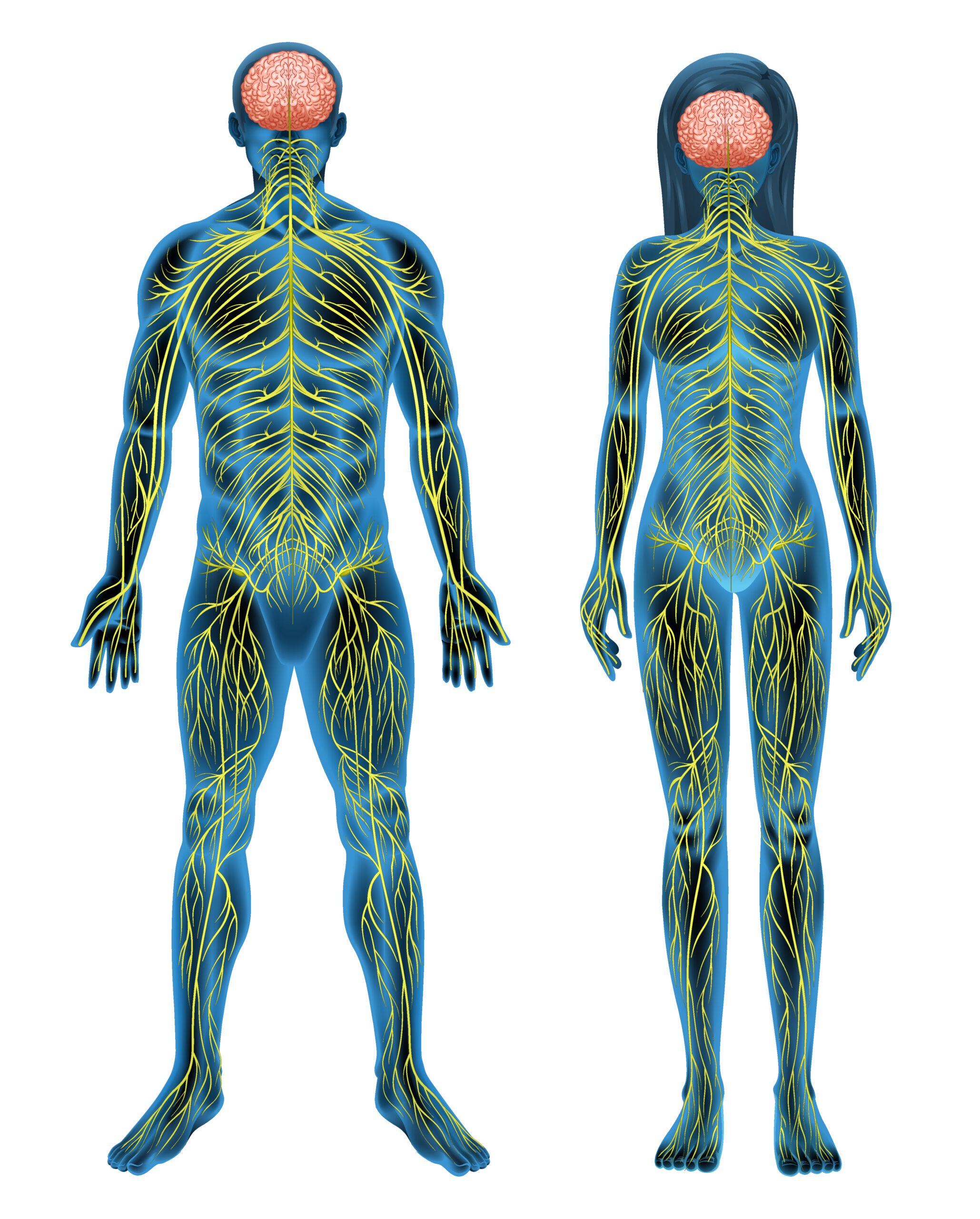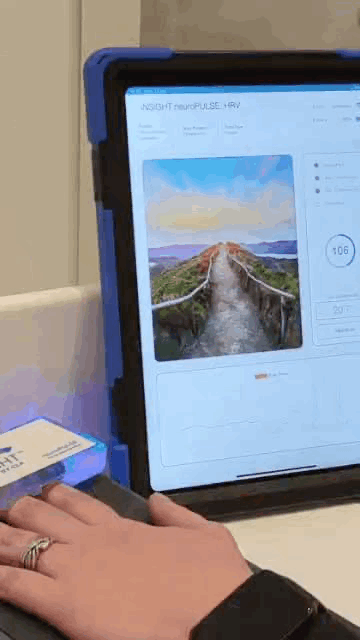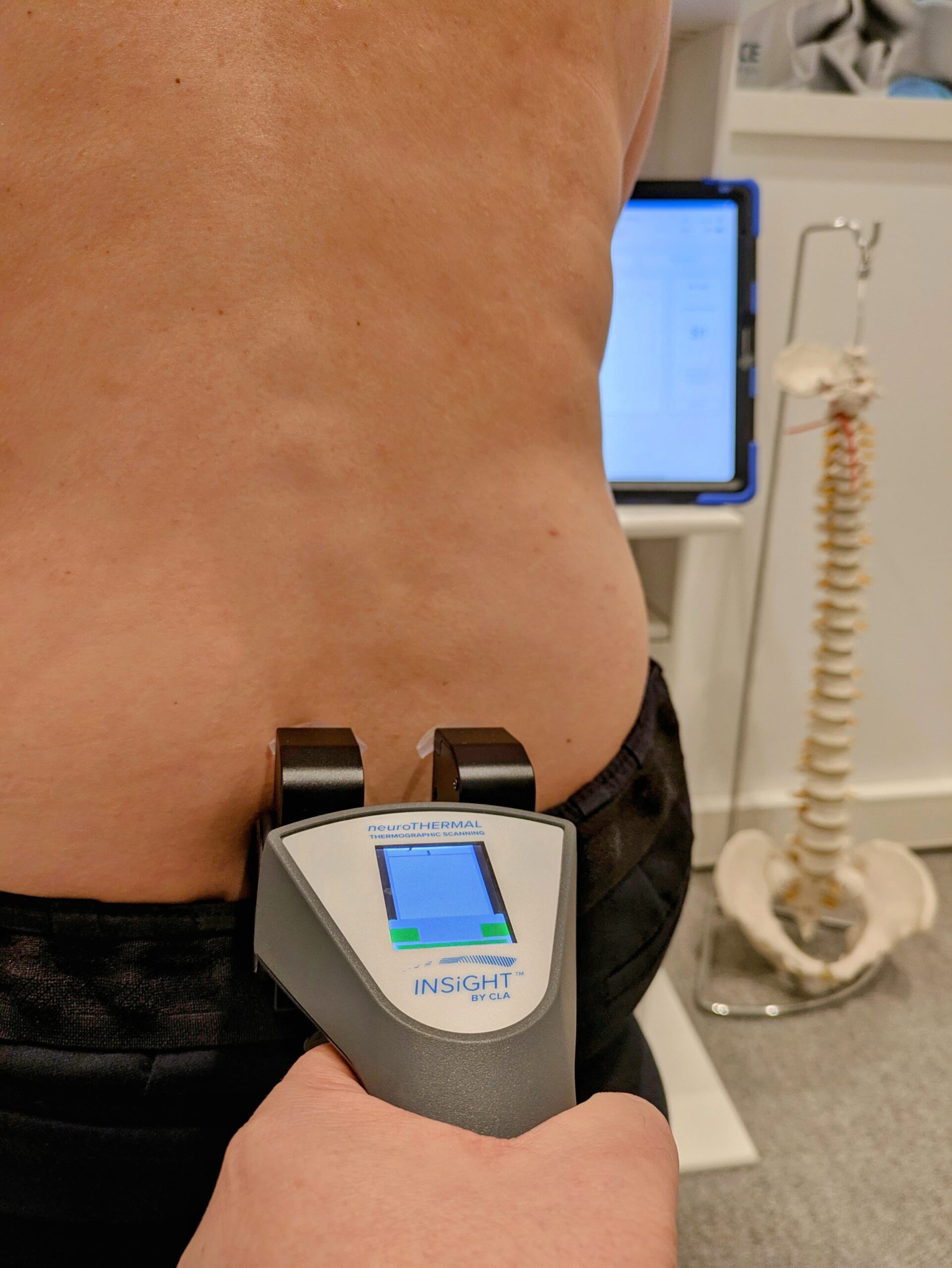Understanding the Neurological Side of Subluxations
HRV, Thermography, and Practical Insights


This final entry in our series on the Vertebral Subluxation Complex (VSC) centers on the neurological dimension. Previously, we discussed the role of alignment (see our earlier blog on posture and spinal balance) and mobility (see our blog on range-of-motion and joint movement). Now, we’ll show how the nervous system’s regulatory capacity can be examined through Heart Rate Variability (HRV) and Paraspinal Infrared Thermography, two tools that reveal how subluxations may influence your autonomic (involuntary) processes.
1. The Importance of Neurological Assessments
Why We Go Beyond Structure
The VSC doesn’t only involve the bony alignment or movement of vertebrae; it also encompasses dysautonomia—imbalances in the autonomic nervous system (ANS). Subluxations, inflammation, or mechanical stress can disrupt nerve signals in ways that affect heart rate, blood flow, and other involuntary functions. Assessing this subtle interference is key to a holistic view of your health.
Why You Should Care
∘ Stress and Recovery: If nerve signaling is off, you might feel stuck in a “fight or flight” state (sympathetic overdrive), making it harder to relax or recover.
∘ Systemic Impact: Autonomic disruption can contribute to recurring headaches, muscle tension, poor sleep, or digestive complaints, even if you don’t associate these with the spine at first.




2. Heart Rate Variability (HRV)
How We Collect HRV Data
Typically, we place a small sensor (often on the finger or earlobe) to measure the time intervals between your heartbeats. This is done in a relaxed, seated or supine position for a few minutes to obtain a baseline. We interpret how your HRV changes across breathing cycles and slight postural shifts to gauge your ANS responsiveness.
What the Results Mean
∘ High HRV: Suggests robust adaptability. Your body can flexibly switch between “fight or flight” (sympathetic) and “rest and digest” (parasympathetic).
∘ Low HRV: Indicates chronic stress or compromised regulatory capacity—your nervous system might be less resilient (Kent, 2018).
How HRV Ties to Subluxations
Research has explored how addressing subluxations may enhance ANS balance, reflected by an increase in HRV. For instance, if we see low HRV initially and then notice improvements after a series of adjustments, it’s a good sign that your autonomic function is becoming more resilient.
3. Paraspinal Infrared Thermography
How We Perform Thermography
We use a specialized infrared scanner along each side of your spine to pick up minute temperature differences on the skin’s surface. The reading is non-invasive and usually takes just a few minutes with you standing or seated upright.
Interpreting Temperature Differences
∘ Sympathetic Influence: Since the sympathetic nervous system affects blood vessel constriction or dilation, persistent “hot spots” or “cool areas” might indicate abnormal nerve regulation near certain spinal segments (Allen, 1993).
∘ Targeting Specific Regions: If the scan shows a consistent temperature asymmetry in your lower thoracic area, for example, this could correlate with other tests (like posture or mobility assessments) pointing to a subluxation that’s disturbing normal nerve function.
Clinical Significance
Abnormal findings often point to heightened sympathetic outflow or local nerve irritation. By applying targeted chiropractic adjustments, we aim to normalize these patterns—potentially improving local blood flow and overall nerve communication.


4. Real-World Impact: A Quick Example
Imagine Sarah, a 40-year-old with chronic tension headaches and mild anxiety:
Initial HRV: Shows low variability, suggesting her body is stuck in sympathetic overdrive.
Thermography Scan: Reveals significant temperature asymmetry along her upper cervical spine region, hinting at heightened sympathetic activity.
Care Plan: Focuses on correcting subluxations at C1/C2. Over a few weeks, Sarah’s re-checks show a boost in HRV and more balanced paraspinal temperatures near her neck—coinciding with a decline in her headaches and reduced anxiety episodes.
5. Short Q&A
Q: Does thermography hurt?
A: Not at all. It’s a contact-free, painless scan that measures infrared radiation naturally emitted by your skin.
Q: How long does an HRV test take?
A: Typically 3–5 minutes, done in a calm setting to capture a stable reading.
Q: Do these tests replace structural exams?
A: No. They supplement alignment and mobility assessments (discussed in our previous blogs) to give us a more comprehensive picture of your overall spinal and neurological function.
6. Putting It All Together—And What’s Next
∘ Just as our earlier blogs explained how we evaluate alignment (PostureScreen, weight distribution, sEMG) and mobility(range of motion, motion palpation), these neurological checks with HRV and thermography finalize a multi-dimensional approach to subluxations:
∘ Where alignment or mobility is compromised, we correct structural issues.
∘ Where the ANS is off-balance, we track HRV and temperature changes to gauge improvements in nerve regulation.
∘ By linking these findings, we aim for not just symptom relief but also better adaptability, lower stress,
and preventive care against future problems.
Next Steps
∘ If you’d like more detail on how alignment or mobility testing works, check our previous posts:
∘ Alignment and Postural Analysis
∘ Mobility and Range of Motion
∘ Ready to discover if HRV or thermography could reveal valuable insights about your nervous system?
Book an evaluation or ask us at your next visit.
∘ In essence, these neurological assessments help us see deeper than the surface. By measuring your body’s stress responses and temperature patterns, we’re better equipped to address the true scope of the Vertebral Subluxation Complex—helping you restore balance, resilience, and long-term well-being.
References
Allen, C.H. (1993). Thermographic Patterns Associated with Spinal Nerve Dysfunction. Journal of Clinical Chiropractic, 5(2), 77–82.
Kent, C. (2018). Autonomic Regulation and Chiropractic Care: An Overview. Journal of Vertebral Subluxation Research, 2(1), 1–5.
